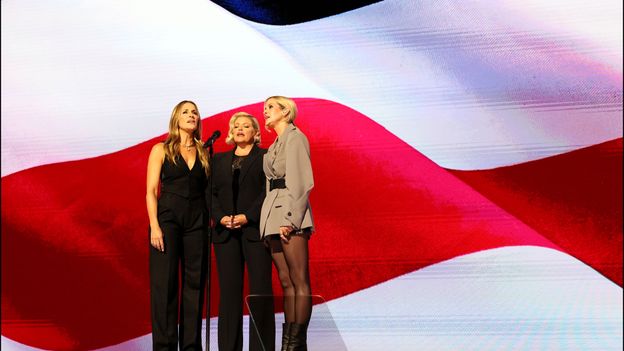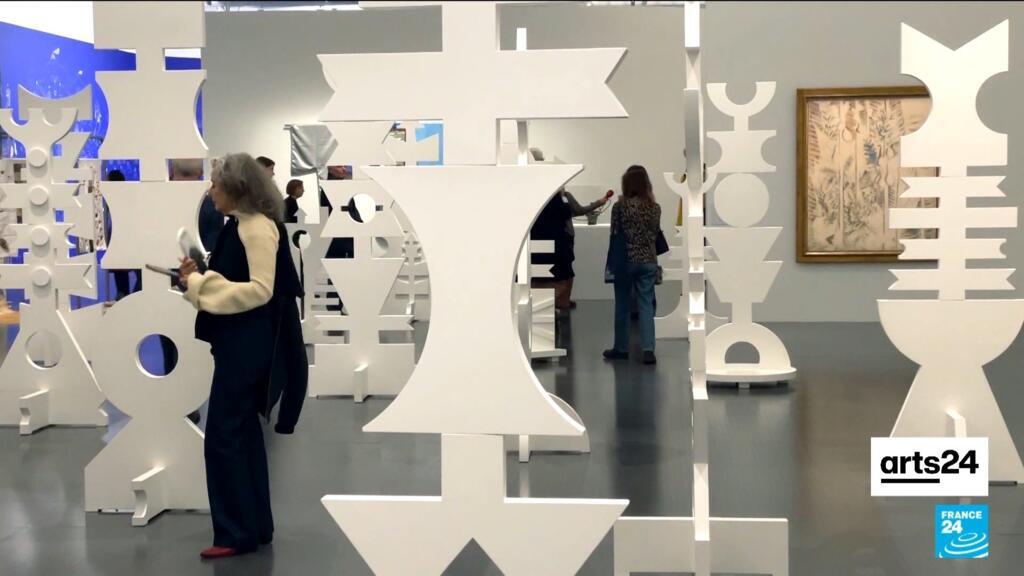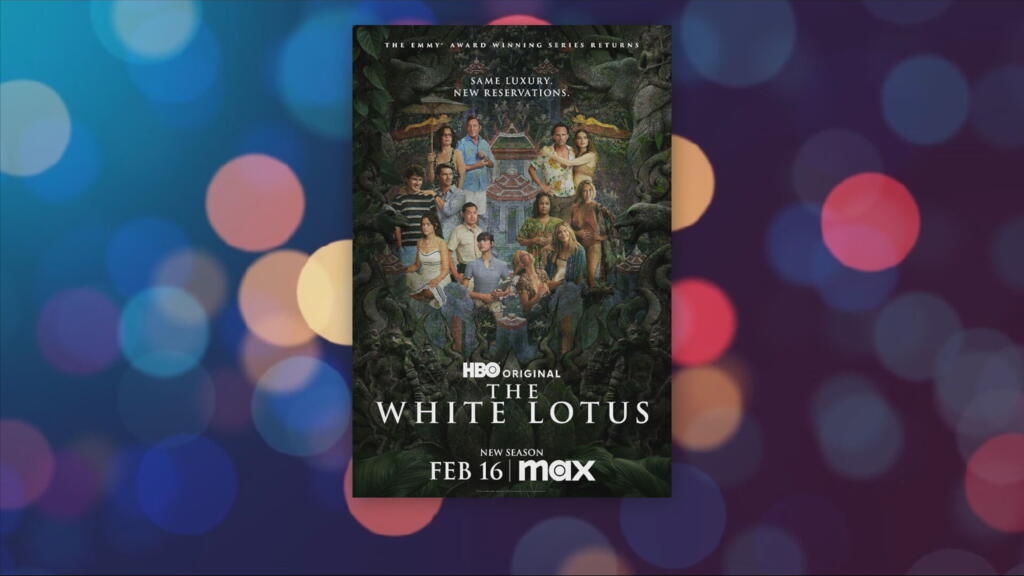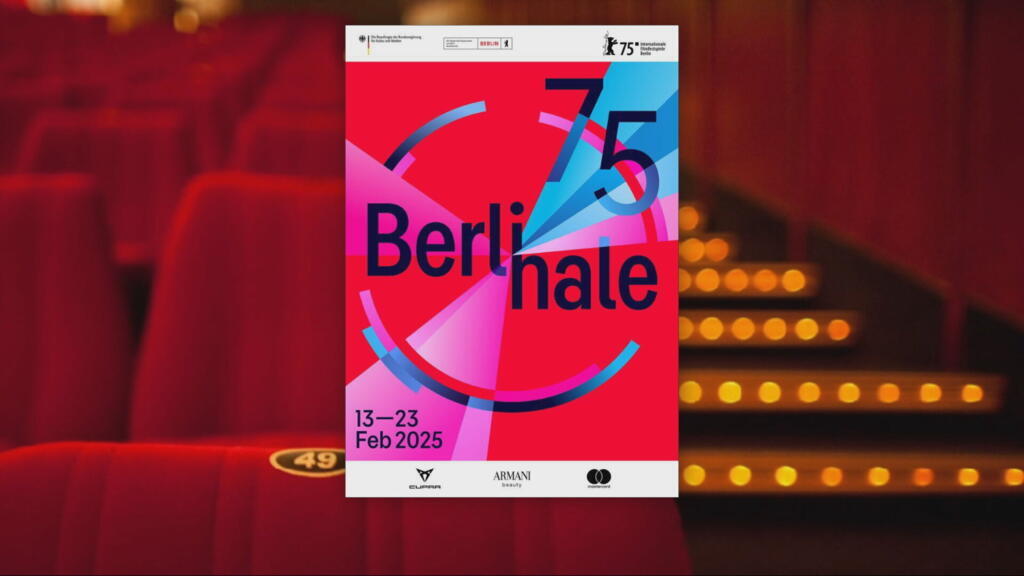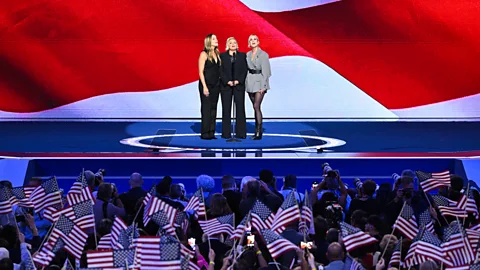 Getty Photos
Getty PhotosIt is one of many nation’s best-loved songs – however the US nationwide anthem, lately carried out by The Chicks on the Democratic Nationwide Conference, has an unexpectedly vibrant previous, and was even dismissed by critics as a “ingesting tune”.
The Chicks took to the stage on the ultimate evening of the Democratic Nationwide Conference, delivering their rendition of the US nationwide anthem in opposition to a backdrop of the US flag. Reactions to the efficiency had been largely constructive, with Billboard praising the “beautiful a cappella model of the anthem full of intricate, layered harmonies”. The rousing Star-Spangled Banner is arguably the US’s finest recognized and most liked tune. However much less well-known is the historical past behind it, and the truth that it was the goal of vehement, outraged critics, who dismissed it as a lowly “ingesting tune”.
On the wet evening of 13 September, 1814, a 35-year-old US lawyer named Frances Scott Key watched as a barrage of British shells rained down on Fort McHenry in Baltimore Harbour. The Warfare of 1812 had been raging for greater than 18 months and Key was negotiating the discharge of an American prisoner. Fearful he knew an excessive amount of, the Brits saved him on board a ship eight miles from shore. As evening fell, he noticed the sky flip crimson, and given the dimensions of the assault, was satisfied the British would triumph. “It appeared as if mom earth had opened and was vomiting shot and shell in a sheet of fireplace and brimstone,” he noticed. However because the smoke cleared in “the daybreak’s early gentle” on 14 September, Key watched in astonishment and aid because the US flag, not the Union Jack, was raised over the fort.
In line with the Smithsonian Establishment, which boasts amongst its many historic treasures that unique star-spangled banner, Key was so overcome by what he had witnessed that he was impressed to poetry. He confirmed the verses to his brother-in-law, Joseph H Nicholson, commander of a militia at Fort McHenry, who identified that the phrases would match completely to the tune of a well-liked English ditty written in 1775 by the composer John Stafford Smith. The Anacreontic Tune or Anacreon in Heaven had been penned for Smith’s aristocratic gents’s membership in London, however by the early nineteenth Century had travelled throughout the Atlantic and turn out to be well-known within the US.
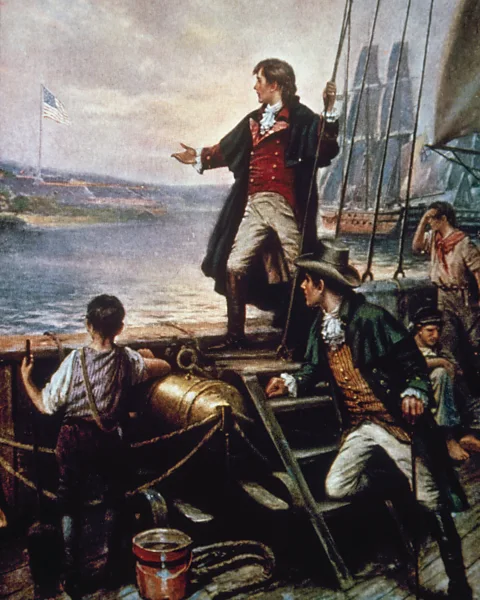 Getty Photos
Getty PhotosImpressed by Key’s efforts, Nicholson took the poem to a printer in Baltimore and had it distributed below the title Defence of Fort M’Henry, indicating the tune to which it must be sung. The Baltimore Patriot newspaper quickly reprinted it, and inside weeks, The Star-Spangled Banner, because it was shortly recognized, appeared in print throughout the nation, immortalising each Key’s phrases and the soon-to-be historic flag it celebrated.
Adopted by the navy in 1889, the tune was quoted in 1904 by Puccini in his opera Madama Butterfly. (The first two bars are a direct elevate, giving the character Lieutenant Pinkerton his cue for the aria Dovunque al Mondo, whereas “O say, are you able to see…” is utilized in later arias by each Pinkerton and Cio-Cio San, Madama Butterfly herself.) Within the early twentieth Century, the tune’s attraction appeared unstoppable. So widespread had it turn out to be by 1916, in actual fact, that there have been dozens of various variations, and President Woodrow Wilson requested the US Bureau of Training to provide an official version. They in flip enlisted the assistance of 5 musicians: Walter Damrosch, Will Earheart, Arnold J Gantvoort, Oscar Sonneck and John Philip Sousa. The primary efficiency of the standardised model was given at Carnegie Corridor in December 1917. It was not, nonetheless, till 3 March, 1931, that The Star-Spangled Banner was formally made america’ nationwide anthem by a congressional act signed by President Herbert Hoover.
That comparatively latest date might come as a shock to those that think about the anthem should return a lot additional in historical past, however this lack of understanding could also be symptomatic of a wider development. “Many People do not realise how a lot of what we expect is foundational in our nation really stems from the Twenties and the Melancholy period,” says Sarah Churchwell, professor of American literature and public understanding of the humanities on the College of London, and creator of the broadly acclaimed e-book Careless People. “When F Scott Fitzgerald – a distant relative of Frances Scott Key, after whom he was named – was starting to consider The Nice Gatsby in 1922, the 12 months through which he would set the novel, America was nonetheless arguing about whether or not it ought to undertake a nationwide anthem.” Though The Star-Spangled Banner was a frontrunner, Churchwell factors out that it was vehemently opposed in sure quarters, particularly amongst temperance campaigners. (John Philip Sousa had declared, maybe actually: “it’s the spirit of the music that evokes” as a lot as Key’s “soul-stirring” phrases; it is usually quipped that you could be drunk to sing it.)
On 11 June, 1922, the Christian Scientist Augusta Emma Stetson, who had constructed the imposing First Christian Science church on New York’s Central Park West, took out a outstanding (and large) commercial within the New York Tribune with the headline The Star-Spangled Banner Can By no means Grow to be Our Nationwide Anthem. It talks of these “violent, un-singable cadences” which may by no means categorical “the non secular beliefs upon which the nation was primarily based.” (“Not solely had the music had not been composed by an American,” says Churchwell; “worse, it was ‘a ribald, sensual ingesting tune’.”) “By no means,” thundered the commercial, “has Congress, and by no means will Congress, legalize an anthem which sprang from the bottom qualities of human sentiment.” It warned, ominously: “God forbids it.”
Congress had different concepts. “The Star-Spangled Banner was made America’s nationwide anthem in 1931, two years after the market crashed, when People wanted a renewal of religion,” says Churchwell, who factors out that this was additionally the 12 months through which the phrase “American Dream” turned a nationwide catchphrase, due to a e-book referred to as The Epic of America by James Truslow Adams. The connection, she believes, is salient. “Typically, I believe People are inspired to assume that every part about our nation stretches again into the mists of time, and transcends historical past. That is a key facet of the American Dream, and it is precisely what Fitzgerald put his finger on in Gatsby, the concept that we’re continuously pulled again into our personal historical past with out understanding it.”
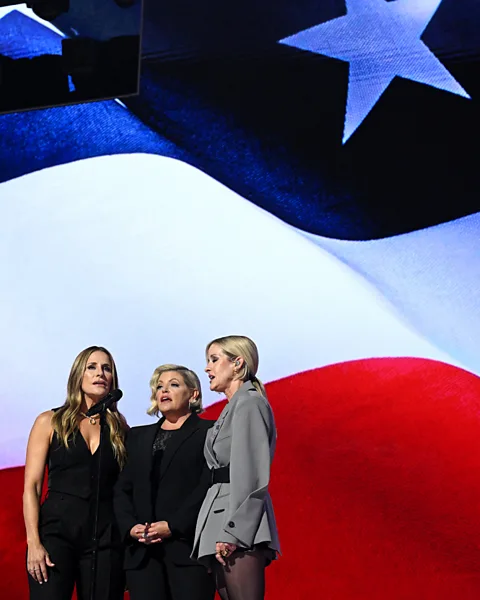 Getty Photos
Getty PhotosStar-Spangled Banner: Best hits
- Jimi Hendrix, stay at Woodstock in 1969 going loopy on the electrical guitar
- Marvin Gaye‘s weirdly sensual tackle it from 1983
- Whitney Houston in 1991 – pre-recorded, however who cares: that voice!
- Beyoncé simply nailing it on the 2004 Tremendous Bowl
- Lady Antebellum within the 2010 World Collection – with the Grammy award-winners giving a very good line in shut concord…
- Pink on the 2018 Tremendous Bowl
- And Fergie‘s distinctive take on the 2018 NBA
That is an up to date model of an article that was initially revealed in 2015.
In the event you appreciated this story, join The Essential List newsletter – a handpicked choice of options, movies and might’t-miss information, delivered to your inbox twice every week.

